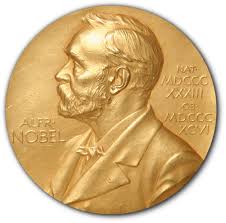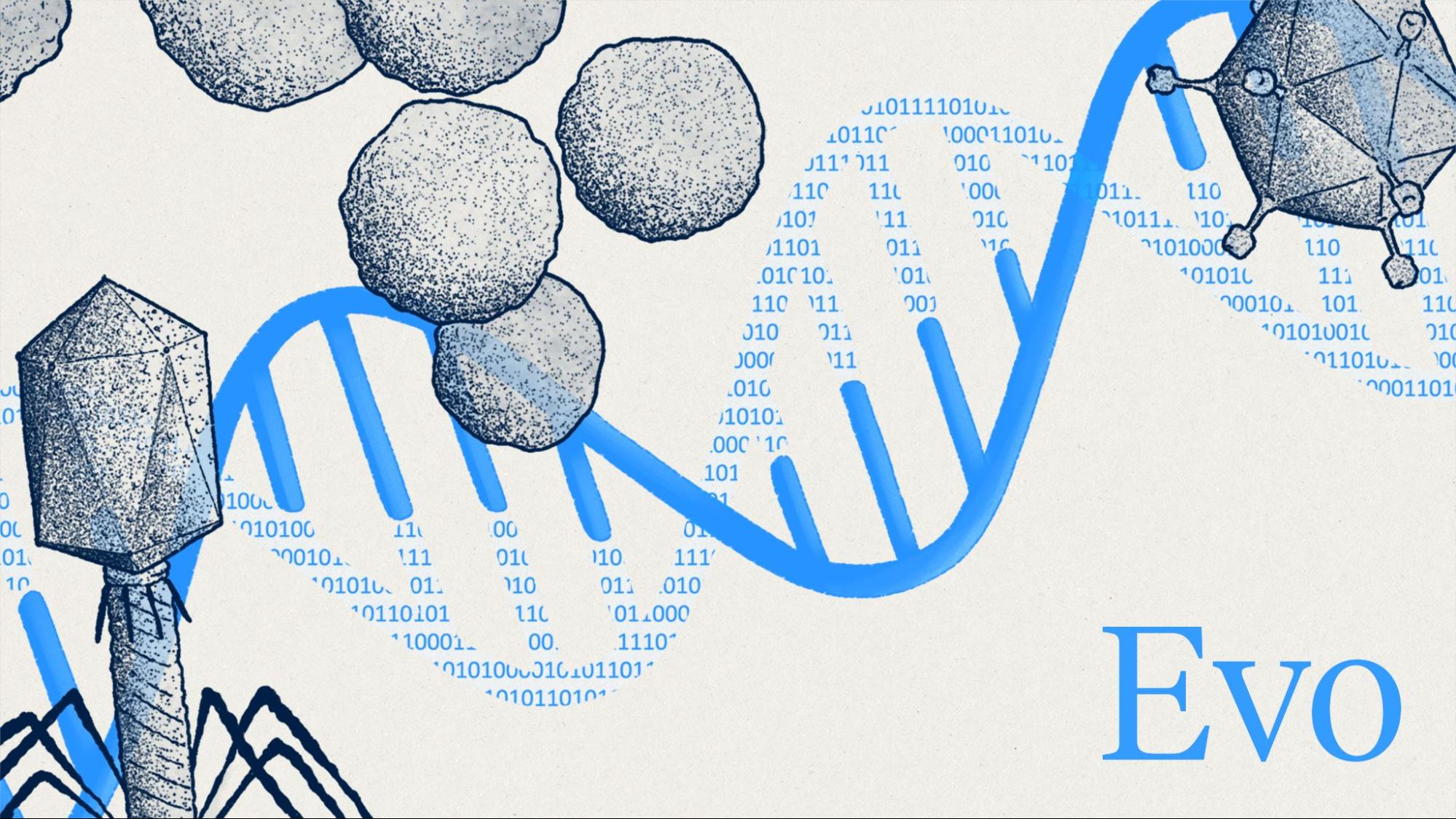Has artificial intelligence (AI) created life? No…but it’s close.
On September 17, scientists at Stanford University and the Arc Institute published a paper in the journal Science reporting how close they’ve gotten to AI created lifeforms.

AI has been useful in scientific research. I use AI to find and predict the location of all the genes in a small viral genomes (genome annotation). It does a pretty good job but still needs humans to refine what AI predicts. I also use AlphaFold, an AI platform into which I can feed the sequence of amino acids in a protein. AlphaFold then predicts the three-dimensional structure of the protein. The scientists who created AlphaFold won the Nobel prize for their work last year. These tools move scientific work forward more quickly than it would move without AI.
The AI advancement reported a few weeks ago is Evo. Evo is a large language model (LLM) similar to ChatGPT. ChatGPT is trained on words from textbooks, blogs, essays, and articles. Evo, on the other hand, is trained on genomes. A genome is the complete set of genes in a cell, organism, or virus.
When I asked ChatGPT to write a paragraph comparing ChatGPT to Evo it produced a good comparison of the two LLMs.
ChatGPT and Evo represent two very different frontiers of artificial intelligence: language and life. ChatGPT is a large language model trained on vast amounts of human text, designed to understand and generate natural language, write code, and perform reasoning across countless domains. Evo, by contrast, is a large language model trained on genomic sequences—treating DNA’s A, T, C, and G bases like words—to learn the “grammar” of life itself. While ChatGPT excels at conversation, creativity, and general knowledge, Evo specializes in decoding biological patterns, predicting the effects of genetic mutations, and even generating new DNA or RNA sequences for potential biological applications. In short, ChatGPT models how humans communicate, while Evo models how living systems evolve and function.

Scientists trained Evo for four weeks on 80,000 microbial genomes and approximately two million phage genomes (phages are viruses that infect bacteria). Phage genomes are small and simple, compared to the genomes of plants, animals, or even most viruses that infect humans. Evo “learned” the patterns of nucleotides (A, G, C, T) that make up genes and the regulatory sequences that control their expression. Evo also “learned” about combinations of genes that are likely to exist in phage genomes.
After training, scientists asked Evo to design new phage genomes and Evo created 302 of them. Scientists synthesized these AI-designed genomes and combined them with the bacterial host E. coli to see if the AI phages could infect bacteria, a sign that the AI created genomes were functional. Sixteen of them were able to infect, replicate in, and kill E. coli bacterial cells—in other words, sixteen of the AI-designed genomes were functional.
When scientists examined the sixteen functional AI-designed phage genomes, they included new genes, truncated genes, and genes in orders that were unexpected. When they looked at the AI-designed phages with electron microscopy, they saw viral particles that looked like phages that exist in nature.
The work represents the first time generative models have created functional genetics and is a step toward AI designed lifeforms. It is not yet AI generated life because, technically viruses are not alive—they are not cellular. But it’s close and it certainly suggests AI can design lifeforms.
Scientists doing this work are excited about its potential. They believe tools, like Evo, are important steps toward AI-designed drugs, gene therapy, and anti-bacterial treatments for use in agriculture and medicine. They hope Evo and other LLMs can help us learn about evolutionary mechanisms and to answer a host of biomedical questions.
Scientists have artificially created life before. In 2008, Craig Venter’s team created the first synthetic bacterial genome and in 2010, they made the first self-replicating synthetic organism. The synthetic genome wasn’t remarkably novel. It was greatly pared down, probably containing the minimal genes required for life…or close to that. In the context of Evo’s accomplishments, that they included the Richard Feynman quotation “What I cannot create, I do not understand,” in the letters of the genome feels eerie.
The difference Evo makes is time. What it took Ventor’s group years to do, Evo can do in weeks.
The scientists who made and trained Evo intentionally avoided using genomes from viruses that infect humans to train Evo and they warn of the danger of taking this technology too far. When genomes are created randomly, we really don’t know what we will get and if AI is trained on genomes like smallpox or anthrax the results could be extremely dangerous. It could be used to create biological weapons or accidentally create an infectious agent that could cause catastrophic destruction. That Evo has been released as an open source, publicly available for downloading, makes the downsides of this scientific advancement sobering.
I don’t know what to think about Evo and what Evo can do. Humans are creative by nature. I believe human creativity is part of the image of the Creator we carry. I do know that while we are creative, we are not The Creator. It is also clear that most technological advancements can be used for good or for evil. When humans tamed fire, we gained the ability to keep warm and cook food. We could also use fire to kill and destroy. Some poisons are excellent chemotherapeutic agents but, in the wrong hands, can hurt or kill. And we are all experiencing the benefits and consequences of cell phones and social media.
Humans don’t have a great track record of restraining themselves—of using technological advances only for good. Because of that, I don’t have high hopes for this technology either. Depravity is alive and well. Time will tell what humanity decides to do with artificial intelligence. This is one to keep an eye on.


2 Responses
Doesn’t history show us that anything that can be used for both good and evil will, eventually, be used for both? All part of our Brave New World?
Lord, come quickly….